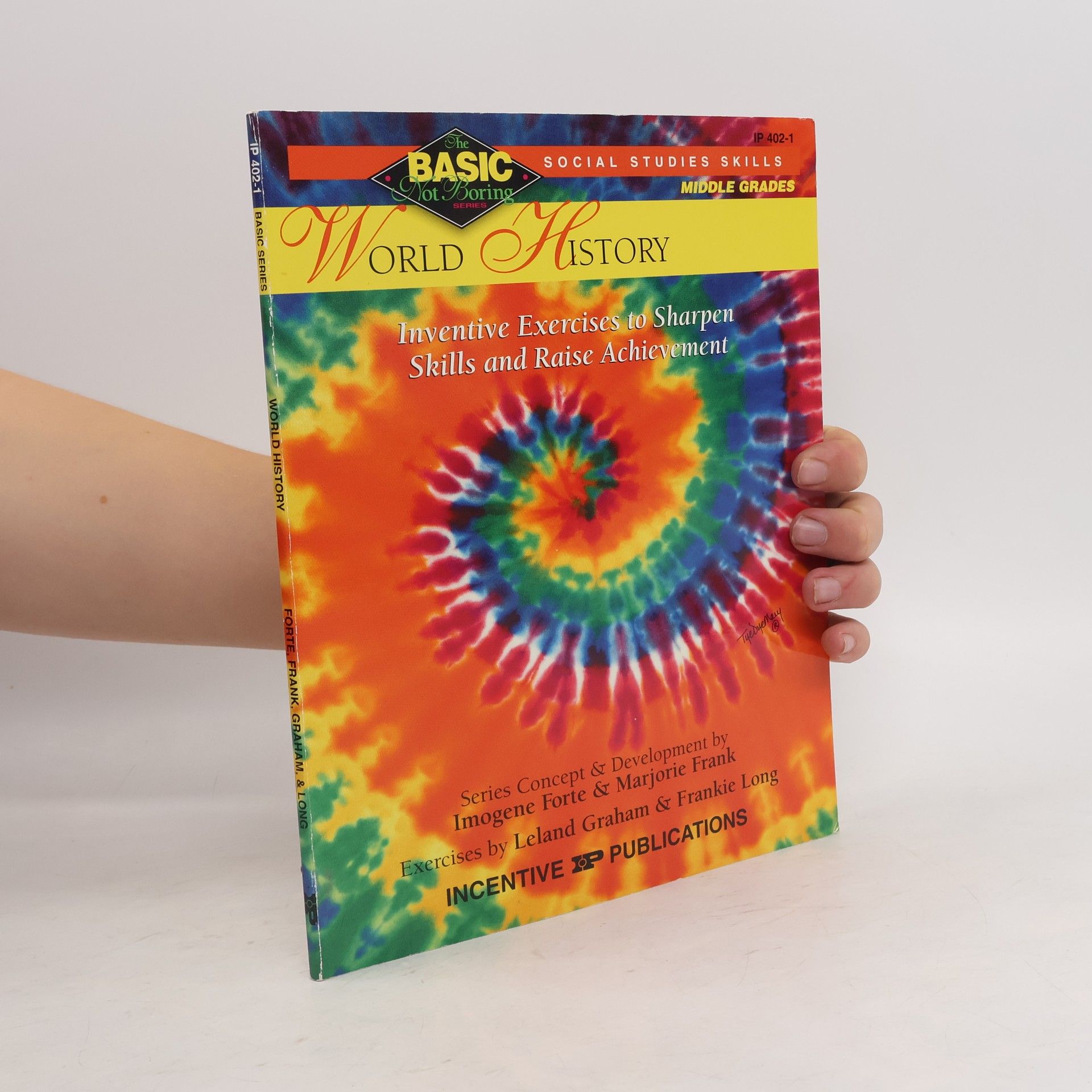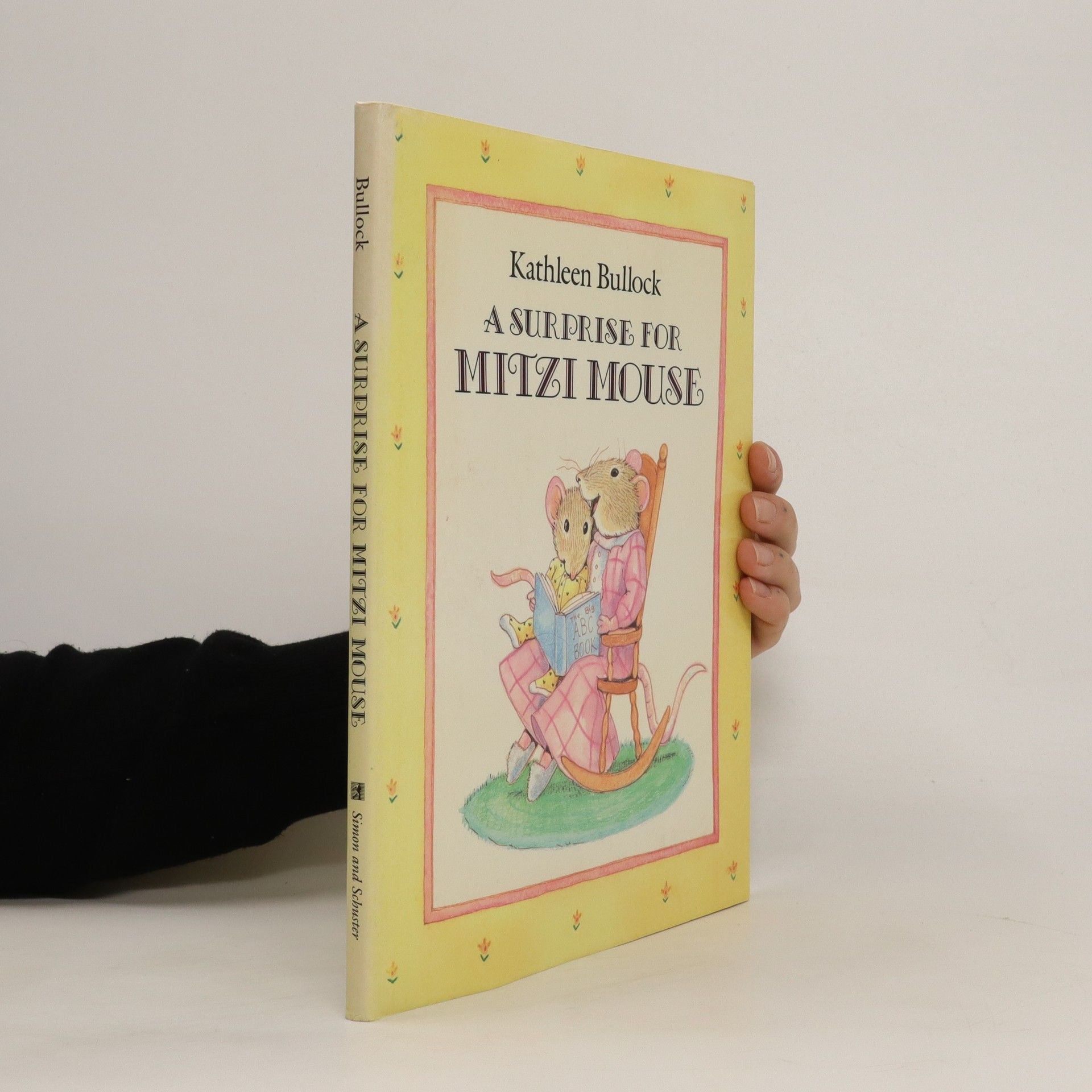Mitzi, a young mouse, resents the presence of her new sister Fifi until she comes to like having her around.
Kathleen Bullock Livres



The Basic Not Boring Series: Social Studies Skills, Middle Grades: World History
Inventive Exercises to Sharpen Skills and Raise Achievement
- 64pages
- 3 heures de lecture
This set of standards-based reproducible activity pages is basic, not boring. In World History students process a rich assortment of key facts and concepts while enjoying challenging activities that describe discoveries and disputes, famous persons and places, and world-changing events and inventions. An assessment and a glossary are included.
DreamHoppers
- 210pages
- 8 heures de lecture
In a whimsical dream world, four young teens embark on an adventurous journey alongside a cat, an elephant, and a mysterious blue boy they encounter one magical night. As their nightly escapades unfold, the dreamscape continuously transforms, offering new challenges and experiences that test their friendship and courage. This fantasy adventure explores themes of imagination and the power of dreams.